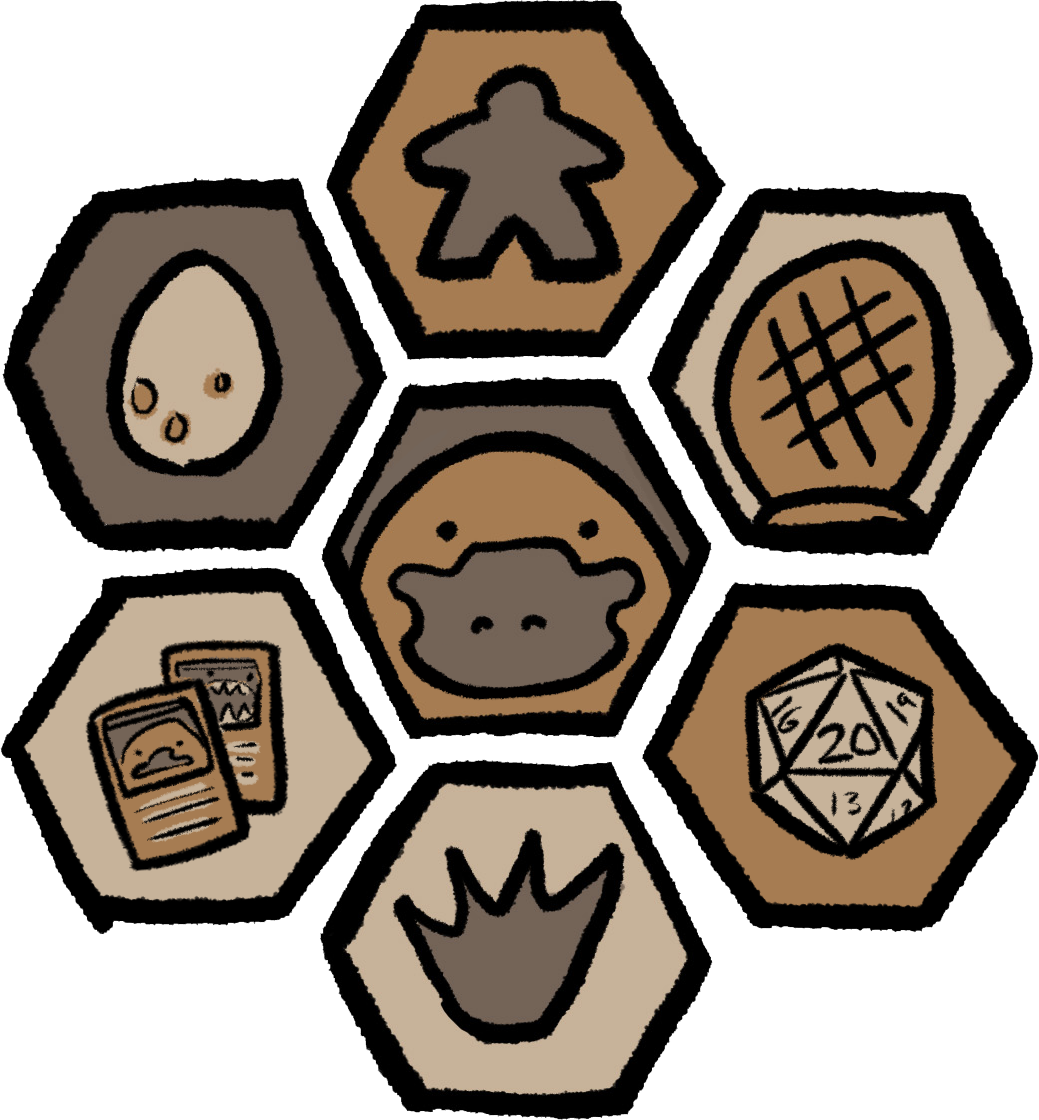Easy to teach while still having lots of choices to make has been a lasting theme of the Top 100 likely due to how often I am having fun teaching people my favorites. Couldn’t have a list filled with games like those and not include one of the classics - Ticket to Ride. Our choice for this list to highlight is the Europe edition. It added just enough extra stuff to really make the original shine even brighter.
The game keeps all of the original parts of Ticket to Ride. Our your turn you can still either take cards, tickets, or purchase spaces on the board. You are trying to complete those tickets over the course of the game in order for them to be positive points at the end of the game. If you fail to complete them however they wind up being negative points. You also score points when you put your trains out on the board thought a small amount compared to tickets if you complete all of them!
One of the great new features that got added into Europe was train stations. They give you points at the end of the game if you don’t use them. Most of the time it will generally be to your advantage to place them on the board. The Europe map is probably even tighter than the original US version with some areas only having one or two ways to get into them. If you put out a train station you can use one leg of the trip on someone else's train line. Opening up the ability to possibly wait to claim routes or to make it so you have a chance to complete later tickets.
The designers of the game also added some interesting mechanics to when you claim routes on certain parts of the board. When you are crossing water you are actually building ferries which require some wilds in order to build on them. Then as you go through some of the more mountainous regions of Europe you will need to build some tunnels. When you build a tunnel it will sometimes cost more cards than you had originally intended to you need to be prepared for cost overruns!
Ticket to Ride is likely to remain one of the classics of this era of board gaming. When we have been testing the waters for which game we should run tournaments of this one came to the top as most people know how to play or have at least heard of it. If you are one of those they haven’t tried it yet definitely give it a go and if you only have played the original and enjoyed it check out the Europe edition for new adventures in this game system. Totally worthy of its spot on the top 100!




















